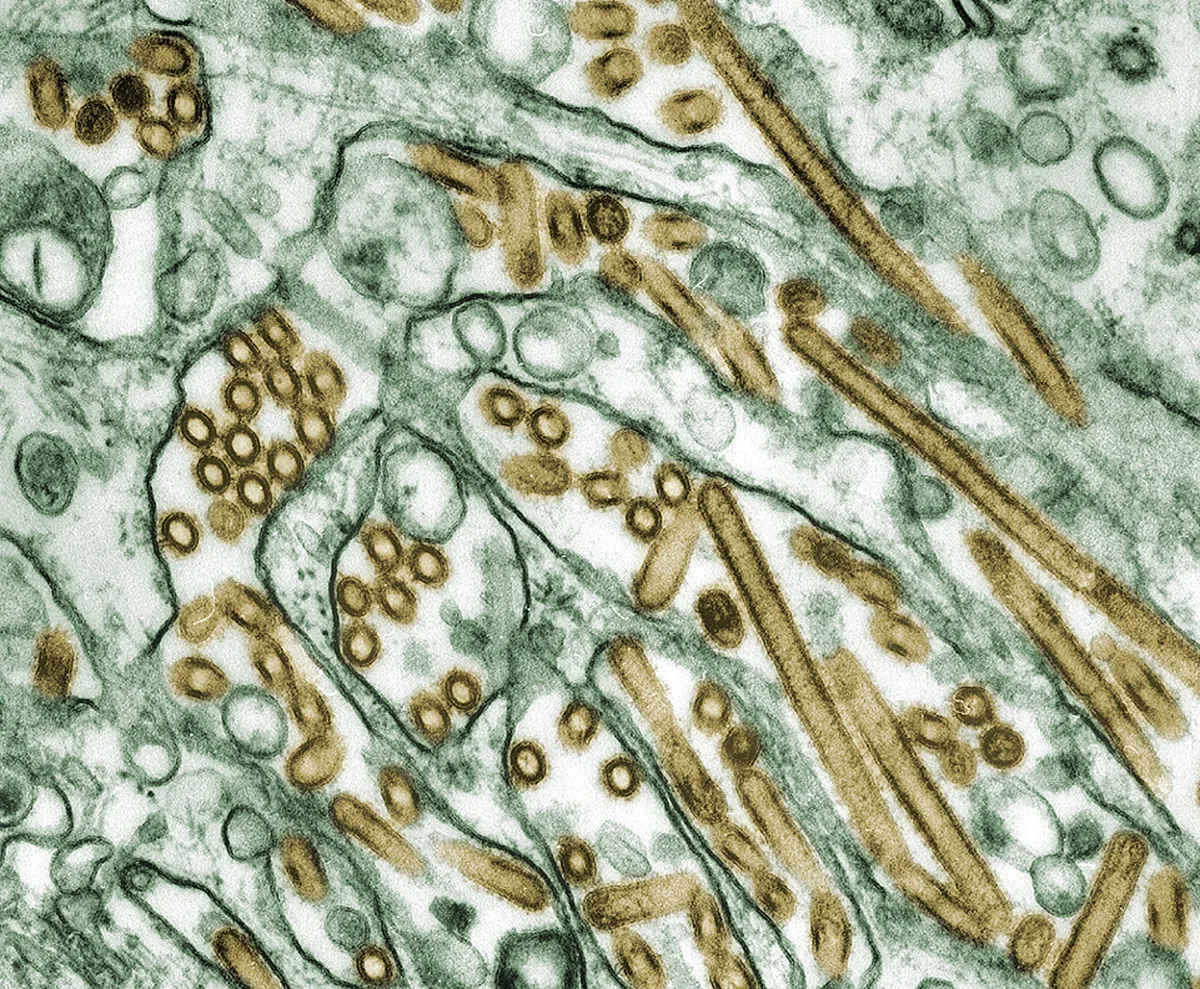Tiger Tragedy: H5N1 Outbreak Claims Lives at Vietnamese Zoo
Over a dozen tigers succumbed to bird flu at a Vietnamese zoo, highlighting the evolving threat of H5N1. The incident raises concerns about wildlife captivity and zoonotic disease risks.

In a distressing turn of events, more than a dozen tigers at Vuon Xoai zoo in Bien Hoa city, Vietnam, fell victim to the H5N1 avian influenza virus, commonly known as bird flu. The incident has sparked concerns about the safety of captive wildlife and the potential risks of zoonotic diseases.
The affected tigers, along with a panther, were incinerated following their deaths. The animals, weighing between 10 and 120 kilograms, had been fed raw chicken from nearby farms, which is believed to be the source of the infection. This practice highlights the potential risks associated with feeding raw meat to carnivores in captivity, as it can be a source of various pathogens.
Nguyen Ba Phuc, the zoo manager, described the rapid progression of the disease: "The tigers died so fast. They looked weak, refused to eat and died after two days of falling sick." This swift onset of symptoms underscores the virulence of the H5N1 virus in these big cats.
H5N1, first identified in Scotland in 1959, has evolved significantly over the years. Initially a threat primarily to birds, it has now been detected in a wide range of animals, including dogs, cats, sea lions, and even polar bears. The virus's ability to infect various species raises concerns about its potential to cause widespread outbreaks.

In cats, scientists have observed the virus attacking the brain, damaging blood vessels, and causing seizures and death. This neurological impact demonstrates the virus's ability to cause systemic infections in some mammalian species, a fact that has alarmed researchers and veterinarians alike.
The Vuon Xoai zoo, home to approximately 3,000 animals including lions, bears, rhinos, hippos, and giraffes, has taken precautionary measures by isolating more than 20 other tigers for monitoring. Fortunately, the 30 staff members who cared for the infected tigers tested negative for bird flu and remained in good health.
This outbreak is not an isolated incident. A similar tragedy occurred at a zoo in nearby Long An province, where 27 tigers and 3 lions succumbed to the virus within a week in September. These events underscore the importance of stringent biosecurity measures in zoos to prevent disease outbreaks.
The H5N1 virus has been a significant concern for public health officials worldwide. It has caused hundreds of human deaths globally, with most cases involving direct contact with infected birds. The virus's high mortality rate in humans, approximately 60%, makes it a particularly worrisome pathogen.
"The deaths of 47 tigers, three lions, and a panther at My Quynh Safari and Vuon Xoai Zoo amid Vietnam's bird flu outbreak are tragic and highlight the risks of keeping wild animals in captivity. The exploitation of wild animals also puts global human health at risk by increasing the likelihood of another pandemic."
Baker's statement emphasizes the potential consequences of wildlife captivity and the broader implications for human health. The incident serves as a stark reminder of the interconnectedness of animal and human health in the context of zoonotic diseases.
As of 2024, 16 cases of unusual flu strains originating from animals have been detected in the United States, including two recent infections in California dairy workers. These cases highlight the ongoing risk of novel influenza strains crossing species barriers and potentially causing human outbreaks.
The H5N1 outbreak in Vietnamese zoos serves as a sobering reminder of the challenges faced in managing captive wildlife and the potential risks associated with zoonotic diseases. It underscores the need for continued vigilance, improved biosecurity measures, and ongoing research to better understand and mitigate the threats posed by evolving pathogens like the H5N1 virus.


































